Optimal Timing for Stamped Concrete
Determining the optimal time for stamped concrete service involves considering weather conditions, temperature, and seasonal factors. Proper timing ensures the concrete cures correctly, resulting in durable and visually appealing surfaces.
Spring and early fall typically offer the best conditions for stamped concrete, with moderate temperatures and lower humidity levels.
Concrete should be poured when temperatures are between 50°F and 85°F to prevent cracking and ensure proper curing.
Avoid service during rainy or extremely hot days, as excess moisture or heat can compromise the quality of the finish.
Late spring and early fall are preferred for new installations, allowing ample time for curing before harsh weather occurs.
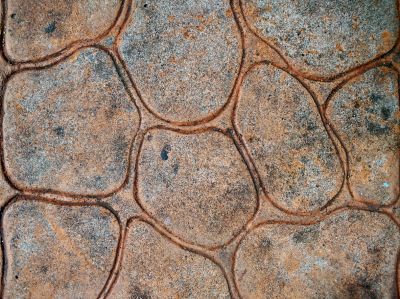
Ways to make Stamped Concrete Service work in tight or awkward layouts.
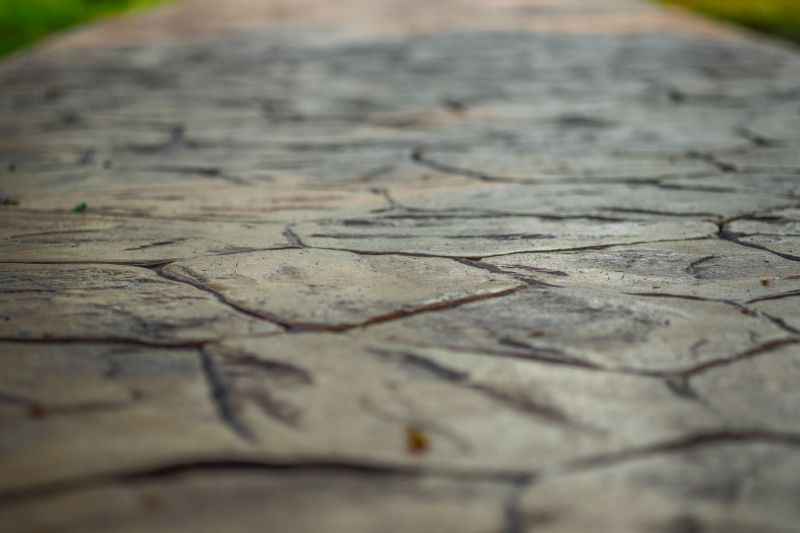
Popular materials for Stamped Concrete Service and why they hold up over time.
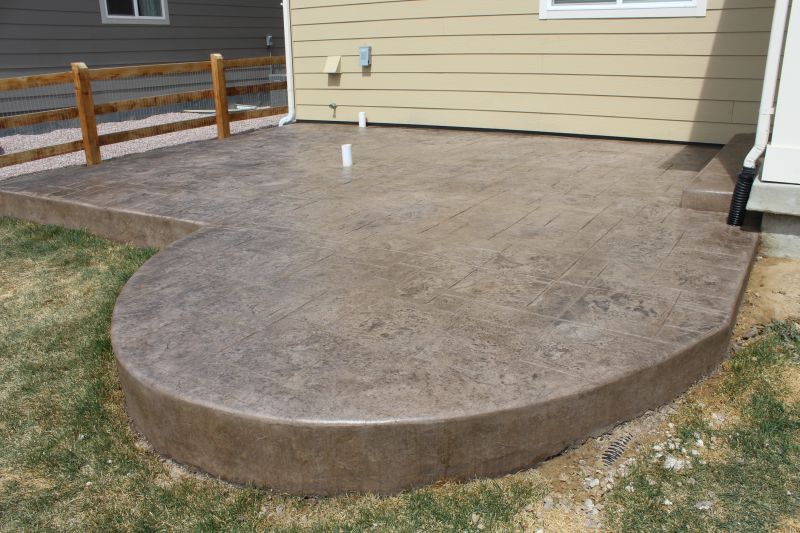
Simple add-ons that improve Stamped Concrete Service without blowing the budget.
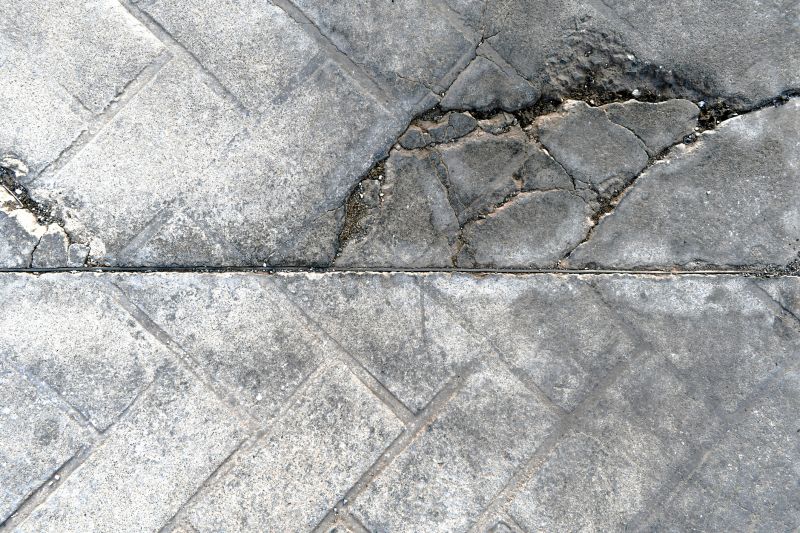
High-end options that actually feel worth it for Stamped Concrete Service.

Finishes and colors that play nicely with Stamped Concrete Service.

Little measurements that prevent headaches on Stamped Concrete Service day.
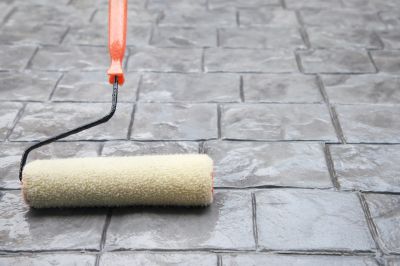
A 60-second routine that keeps Stamped Concrete Service looking new.

A frequent mistake in Stamped Concrete Service and how to dodge it.
| Season | Recommended Timing |
|---|---|
| Spring | Late March to early June |
| Summer | Early summer with caution for heat |
| Fall | September to November |
| Winter | Generally not recommended in cold climates |
| Late Spring | Optimal for new installations |
| Early Fall | Ideal for curing and finishing |
Stamped concrete service enhances the aesthetic appeal of outdoor surfaces by mimicking natural stone, brick, or slate. The process involves pouring concrete, then impressing patterns and textures to achieve a decorative look. This method is popular for patios, driveways, and walkways due to its versatility and durability. Proper timing of installation is crucial to ensure the concrete cures evenly, preventing cracks and surface imperfections. When executed under suitable weather conditions, stamped concrete can last for decades with minimal maintenance, making it a cost-effective choice for enhancing outdoor spaces.
Statistics indicate that stamped concrete surfaces, when installed during optimal weather conditions, exhibit a lifespan of 20 years or more. The process allows for a wide variety of design options, with over 50 pattern choices and numerous color combinations. Properly timed installation minimizes issues such as surface scaling or uneven curing, ensuring a high-quality finish. Seasonal considerations are vital for achieving the best results, with moderate temperatures and dry conditions promoting optimal curing and pattern imprinting.
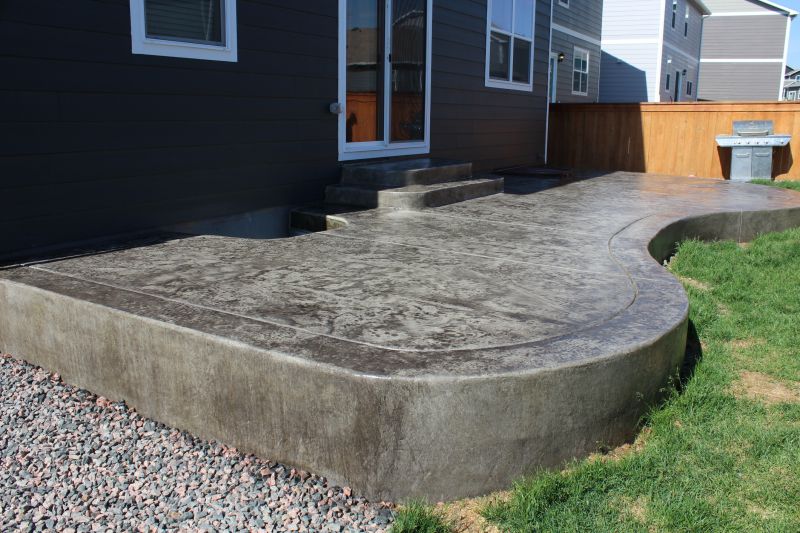
Small tweaks to make Stamped Concrete Service safer and easier to use.

Lower-waste or water-saving choices for Stamped Concrete Service.
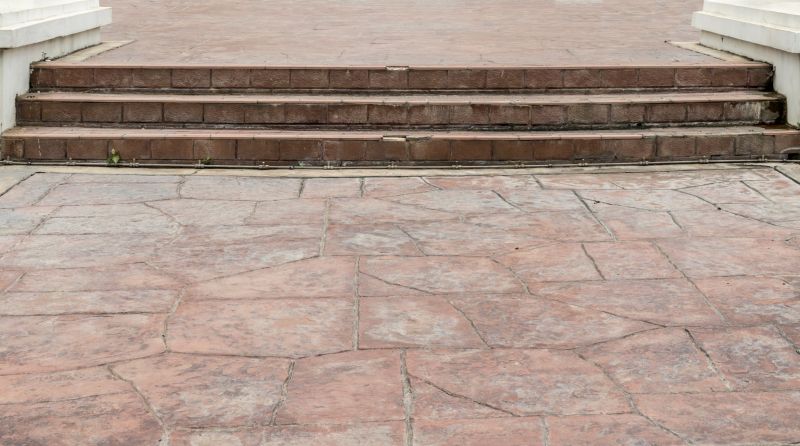
The short, realistic tool list for quality Stamped Concrete Service.

Rough timing from prep to clean-up for Stamped Concrete Service.
For those interested in stamped concrete service, scheduling during the appropriate season can lead to superior results and longer-lasting surfaces. Contact to discuss project timing and options can help ensure the best possible outcome for outdoor decorative concrete applications.

